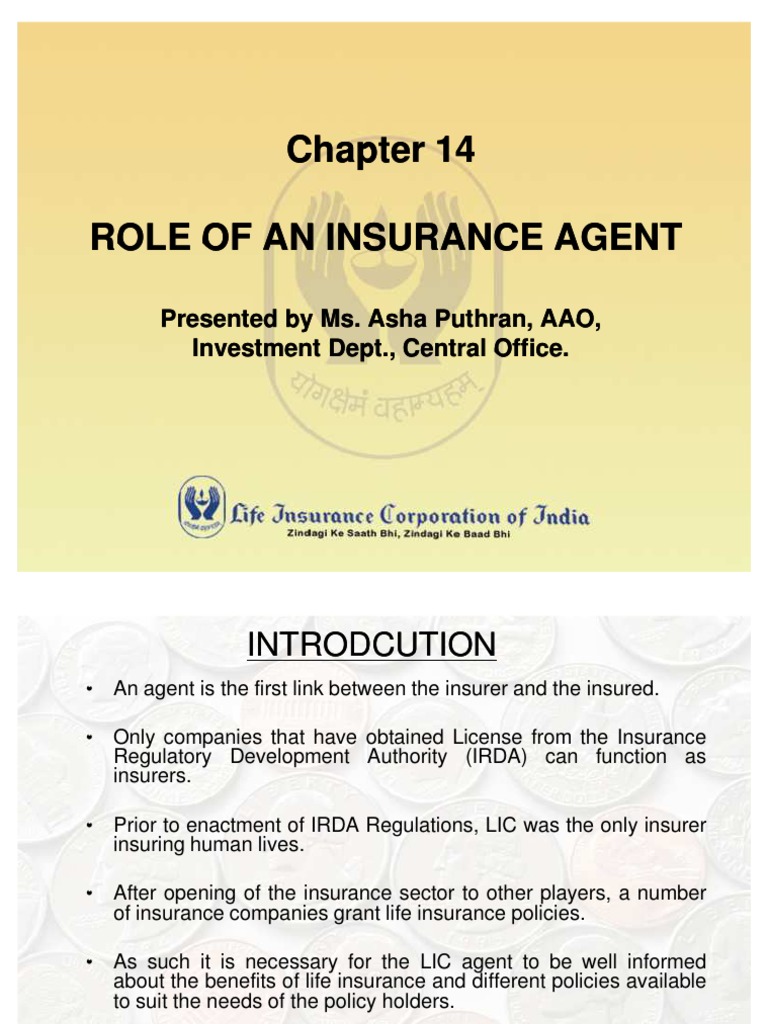Little Known Facts About Pacific Prime.
Wiki Article
Not known Details About Pacific Prime
Table of ContentsThe 2-Minute Rule for Pacific PrimeAll About Pacific PrimeThe Ultimate Guide To Pacific PrimeGet This Report about Pacific PrimeAn Unbiased View of Pacific Prime

This is since the information were collected for a period of solid economic performance. Of the approximated 42 million individuals that were without insurance, just about regarding 420,000 (regarding 1 percent) were under 65 years old, the age at which most Americans become eligible for Medicare; 32 million were grownups in between ages 18 and 65, about 19 percent of all adults in this age team; and 10 million were youngsters under 18 years of age, regarding 13.9 percent of all youngsters (Mills, 2000).
These estimates of the number of persons without insurance are produced from the yearly March Supplement to the Existing Population Survey (CPS), carried out by the Demographics Bureau. Unless otherwise noted, national price quotes of individuals without health insurance policy and proportions of the population with different sort of protection are based on the CPS, one of the most commonly utilized source of quotes of insurance policy protection and uninsurance prices.
Little Known Facts About Pacific Prime.

Still, the CPS is particularly beneficial because it creates annual quotes reasonably promptly, reporting the previous year's insurance coverage estimates each September, and because it is the basis for a consistent collection of quotes for greater than twenty years, enabling for evaluation of patterns in protection over time. For these factors, along with the substantial use the CPS in various other research studies of insurance policy coverage that are offered in this record, we count on CPS price quotes, with restrictions kept in mind.

The price quote of the variety of uninsured people broadens when a populace's insurance policy condition is tracked for several years. Over a three-year duration starting early in 1993, 72 million people, 29 percent of the U.S. https://www.openstreetmap.org/user/pacificpr1me. populace, lacked protection for at the very least one month. Within a solitary year (1994 ), 53 million individuals experienced at least a month without insurance coverage (Bennefield, 1998a)
6 out of every ten without insurance adults are themselves employed. Although working does enhance the probability that a person and one's member of the family will have insurance, it is not a warranty. Also participants of households with 2 permanent wage earners have virtually a one-in-ten chance of being without insurance (9.1 percent uninsured price) (Hoffman and Pohl, 2000).
The 2-Minute Rule for Pacific Prime
New immigrants make up a substantial proportion of individuals without health and wellness insurance. One analysis has connected a significant part of the current development in the dimension of the U.S. without insurance populace to immigrants that arrived in the nation between 1994 and 1998 (Camarota and Edwards, 2000). Current immigrants (those that came to the United States within the previous 4 years) do have a high rate of being without insurance (46 percent), but they and their youngsters represent just 6 percent of those without insurance policy nationally (Holahan et al., 2001).The relationship between wellness insurance coverage and accessibility to care is well established, as recorded later in this chapter. Although the connection between medical insurance and health and wellness results is neither direct nor easy, a substantial medical and health and wellness services research literary works web links medical insurance protection to improved access to care, far better quality, and boosted individual and population health standing.
Degrees of evaluation for analyzing the results of uninsurance. It concentrates especially on those without any type of wellness insurance for any type of size of time.
Some Known Incorrect Statements About Pacific Prime
The problems encountered by the underinsured are in some respects comparable to those faced by the uninsured, although they are normally less serious. group insurance plans. Uninsurance and underinsurance, however, involve definitely different plan concerns, and the methods for addressing them may vary. Throughout this research and the five reports to follow, the major emphasis is on individuals without any health and wellness insurance coverage and thus no assistance in spending for healthcare past what is offered through charity and safety and security web organizations
Medical insurance is an effective element influencing invoice of care due to the fact that both clients and doctors react to the out-of-pocket price of solutions - https://pubhtml5.com/homepage/pspip/. Medical insurance, nonetheless, is neither needed nor sufficient to get to medical services. The independent and direct effect of health insurance policy coverage on accessibility to health and wellness services is well developed.
Others will certainly obtain the wellness care they require also without medical insurance, by spending for it expense or seeking it from service providers who supply care cost-free or at highly subsidized prices. For still others, medical insurance alone does not guarantee invoice of treatment since of Visit Your URL various other nonfinancial obstacles, such as a lack of wellness care suppliers in their community, restricted accessibility to transport, illiteracy, or linguistic and cultural distinctions.
The Definitive Guide to Pacific Prime
Official research study regarding without insurance populations in the United States dates to the late 1920s and very early 1930s when the Board on the Price of Medical Care generated a series of reports concerning financing medical professional office sees and hospital stays. This concern came to be significant as the varieties of clinically indigent climbed up throughout the Great Anxiety.Report this wiki page